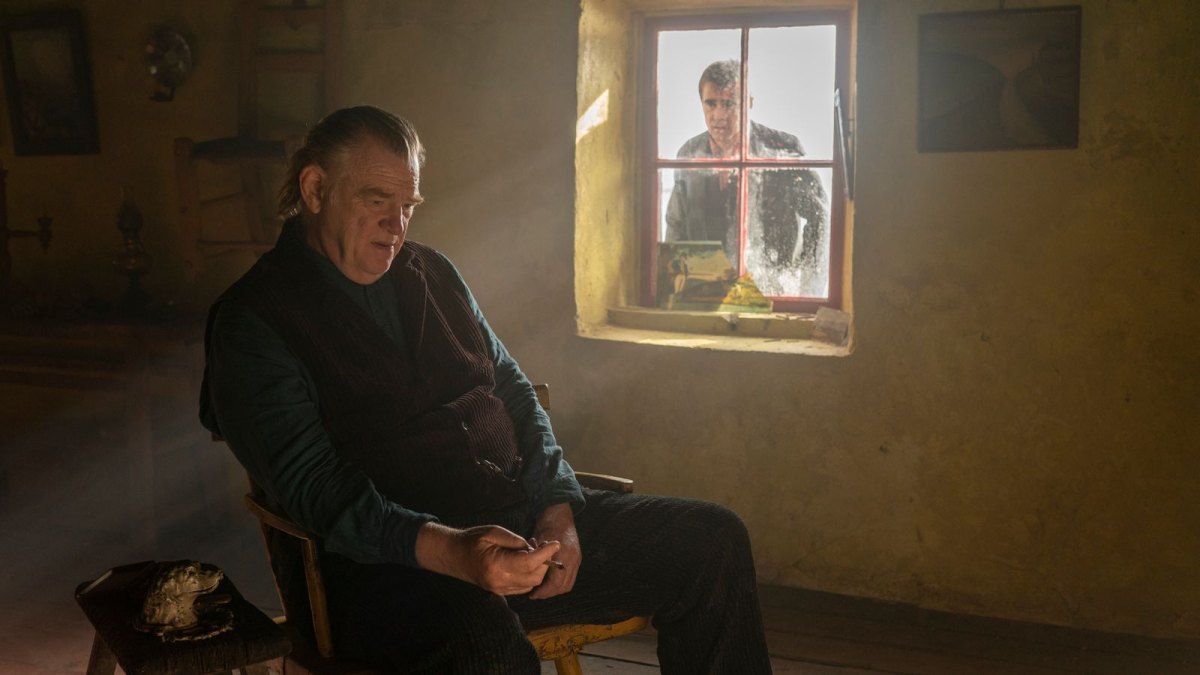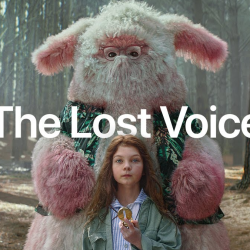**SPOILER ALERT**
Legacy is a big word.
In The Banshees of Inisherin Brendan Gleeson’s character, Colm, has an ambition to leave a creative mark on the world. To immerse himself in the artistic endeavours he feels his relationship with Colin Farrell’s here-and-now pragmatist, Pádraic, stunts. It’s the story of a friendship riven by single-mindedness, expressed through Colm’s unflinching desire to be remembered by future generations and a story that has surprising lessons for B2B experiences.
A society grows great when old men plant trees in whose shade they know they shall never sit
So says the old proverb, speaking to the positive legacy of selflessness. But The Banshees’ story isn’t one of a perfect world. Whilst attempting to exorcise his musical legacy is admirable, how altruistic can Colm’s motivations be, if his mule-ish fixation with the future means calmly obliterating the present?
Like any classical tragedy, the wheels of the drama have been set in motion before we even meet our characters, and the outcome is sadly inevitable. The polar opposites of Colm and Pádraic’s motivations set the scene for their mutually assured self-destruction. In spite of the odd flicker of hope, there’s no compromise, no deviation and no middle ground between such opposing perspectives.
The B2B balance
And therein lies the challenge for B2B events and experiences. Though they exist — almost by definition — in the moment, the requirement for them to deliver long-tail value for businesses is almost non-negotiable, be that a follow-up call, a meeting, a 90-days post sales target or shift in advocacy. Tomorrow is as important as today, even if in-the-moment gratification tends to deliver a more immediately tangible reaction. This naturally puts an onus on planning and strategy. Framing the often competing needs of ‘in the moment’ and ‘in the future’ — knowing that without the former, the latter is meaningless, but that without consideration of the latter, the former won’t be fit for purpose. And it starts with understanding audiences — how they’re feeling, their direction of travel and how to influence them both now and later — vital in helping determine not just what they do in the moment, but how it will resonate later.
There’s an argument that Colm’s ambition for his legacy was too vague — who is his audience beyond ‘people in the future’? Though this could be considered the artist’s prerogative, there’s little doubt that it makes his flat rejection of the person he perceives as standing in his way slightly harder to stomach.
The future is now
For modern audiences, legacy isn’t an Ozymandian fixation with being remembered at all costs — and focusing on tomorrow can’t be to the detriment of today. Progressive legacy is about leaving the world (at least) a little better than you found it — providing value, colour or meaning — stimulating positive change, large or small. As such, whilst brands can still make a grand gesture, one’s legacy needn’t always have to cost an arm and a leg. Or a finger, for that matter.
The experiences businesses create for their audiences should always communicate something of what matters to them as organisations — whether that’s about creating a legacy of accessibility, behaviour change or thought leadership. It’s equally possible for the legacy of an event to be much more immediate when it comes to the local economy or environment, if the right investment and ESG initiatives are in place.
Ultimately, an experience should be a moment in time consistent with the bigger brand picture and the extended trajectory of its story.
Averting tragedy
Whether you read it as an allegory on civil war, an unwavering commitment to the future at the expense of the present, or just art for art’s sake, the true scope of the tragedy in The Banshees of Inisherin is the collateral damage that Colm and Pádraic’s dispute delivers. It’s a reminder that, in a world of increasingly polarised opinions, a lack of common ground and compromise is an inexorable race to the bottom.
For businesses and the audiences that matter to them, now and later need to seamlessly coexist — an insurmountable challenge in Banshees, but a critical hurdle to leap for those designing events and experiences.
Featured image: The Banshees Of Inisherin, 20th Century Studios





























